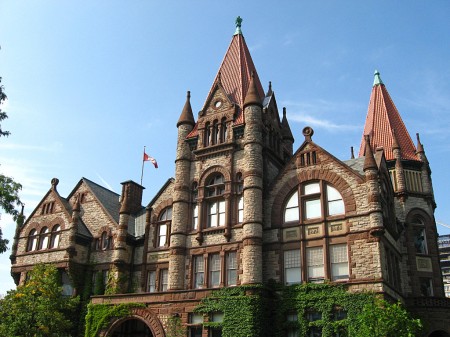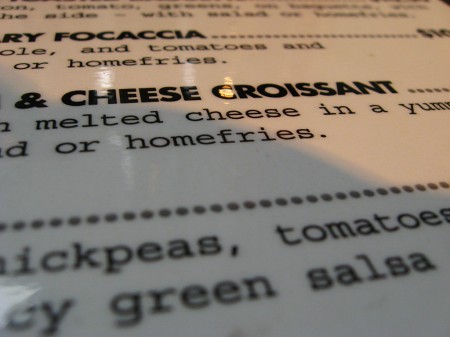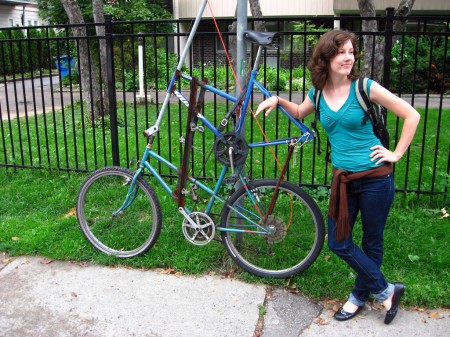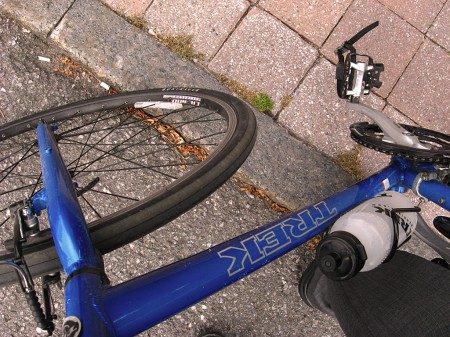
This site has generally paid a fair bit of attention to positive feedback effects associated with climate change. These are akin to when a microphone gets too close to an amplified speaker to which it is connected: the sound gets louder and louder until the maximum possible output is reached. Climatic equivalents include how melted ice exposes more dark sea water which absorbs more sunlight which melts more ice, as well as how melting permafrost releases methane which causes more warming and thus more melting. Another kind of feedback worth considering is the negative sort: essentially phenomena that are self-limiting. A non-climate example is price and the quantity of something demanded in a properly functioning market; the feedback between rising prices and fewer buyers has a self-limiting effect, preventing prices from rising infinitely. A possible negative feedback associated with climate change is that rising concentrations of carbon dioxide (CO2) might spur additional growth of plants, which would incorporate the carbon into their own bodies, thus partially offsetting the rise of CO2 in the atmosphere.
A study published recently in Nature examined how 3 square metre chunks of grassland would respond to 4˚C of additional temperature, compared with a control group in otherwise identical circumstances. The grasses reduced the aperture of the stomata (pores on their leaves) to limit water loss. One result was 30% less CO2 absorption, both in the year where the heat was applied and in the year following. The editor’s summary concludes:
These findings suggest that more frequent anomalously warm years, a possible consequence of rising anthropogenic CO2 levels, could lead to a sustained decrease in CO2 uptake by terrestrial ecosystems.
Climate change will bring hotter and drier conditions in some parts of the world, making an understanding of what effect that will have on biomass rather important.
A French study of Europe’s 2003 heatwave – where temperatures sometimes reached 6˚C above normal in some areas – came to a similar conclusion about heat and dryness limiting CO2 uptake. Overall, they concluded that Europe’s plant matter went from being a net sink of CO2 (accumulating it in tissue) to a net emitter (yielding it back to the atmosphere). As such, there may well be general thresholds above which ecosystems switch from having a negative feedback effect on the climate to having a positive one.
In the end, the amount of climate change that will occur for any level of human emissions is determined by the direct effects, across several timescales, coupled with all relevant positive and negative feedbacks. Learning more about all elements of that system – through the investigation of ancient climates, experiments like this one, and careful observations – should allow for more robust and accurate climatic modeling.








